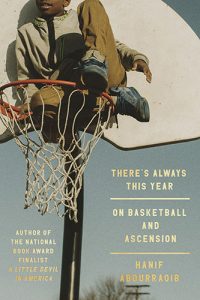The Sewanee Review – Fall 2010
Volume 118 Number 4
Fall 2010
Quarterly
Kenneth Nichols
This issue of The Sewanee Review glorifies the intellectual and emotional benefits of immersing oneself in the cosmopolitan ideal of the Western tradition of knowledge. George Core and the rest of the Sewanee staff offer the reader a slow and relaxing trip around the world, using a Western lens to illuminate people and society from several different cultures. Interestingly, that lens is also used to remind us what the United States was like before blind ethnocentrism was considered a cardinal virtue.
This issue of The Sewanee Review glorifies the intellectual and emotional benefits of immersing oneself in the cosmopolitan ideal of the Western tradition of knowledge. George Core and the rest of the Sewanee staff offer the reader a slow and relaxing trip around the world, using a Western lens to illuminate people and society from several different cultures. Interestingly, that lens is also used to remind us what the United States was like before blind ethnocentrism was considered a cardinal virtue.
Seeing a woman walking a Weimaraner inspired Robert Lacy to recount his experiences in 1959 San Francisco. Once proudly called “Baghdad-by-the-Bay,” the city was teeming with transcendent personalities, including Lenny Bruce, Allen Ginsburg and Willie Mays. Indeed, much of the article is a well-written sequence of Lacy’s memories about the city, but the ending provides perspective. After many years and several life changes, Lacy returns to San Francisco and learns that the city that shaped him now exists only in his memory.
Ann E. Berthoff’s essay “Coming to Canna” focuses on a place half a world away. The Isle of Canna, located off the western coast of Scotland, is one of the islands of the Inner Hebrides. A visit requires a five- or six-hour trip to the other islands in the archipelago; at last, Canna “emerges from behind Rum [another island] like a green whale.” Berthoff manages to make the geography of a remote island feel personal and communicates the history of the island through the biographies of those who loved it.
The journal contains a short story and several poems; the most notable of the latter is verse from Robert C. Jones’s “Kraków Sketchbook.” Science and literature have long competed to illuminate the workings of humanity’s purpose. Jones introduces a historian who contemplates the value of two of history’s greatest scholars. Did Copernicus and Goethe work in non-overlapping magisteria? What could one learn from the other?
The Sewanee Review, considered in total, asks a similar question: by learning from others, what can we learn about ourselves?
[www.sewanee.edu/sewanee_review]




